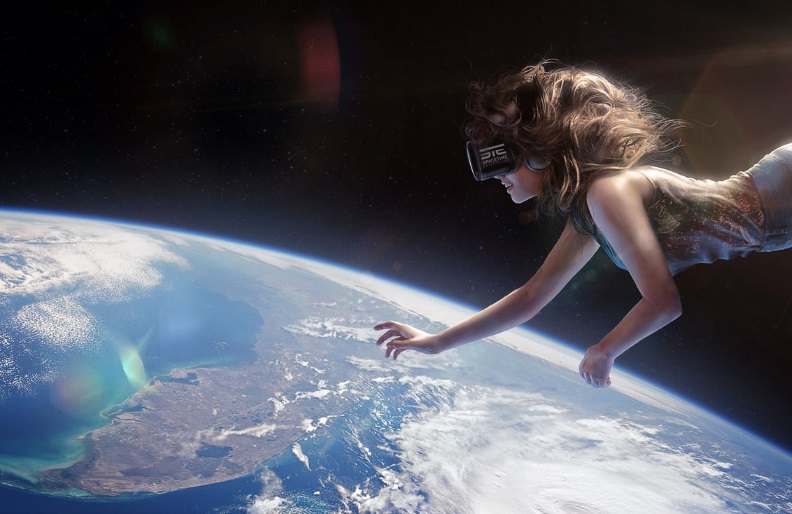Space might be out of reach for many of us, but SpaceTime VR might bring space into our homes.
It’s the dream of any would-be space tourist: seeing our home planet from above. First, you see the Earth’s horizon curve away, and then the luminous thin envelope of atmosphere that keeps us all alive comes into focus.
As you cross the daylight side of Earth, you look down to see gigantic landscapes – mountains and valleys – beneath you. As your orbit continues, so night falls and the city lights turn on. Now you can see the human landscape of the planet.
It is an experience said to be so profound that many astronauts say it permanently alters the way they think of the world and humanity. Psychologists now recognize this and call it the overview effect.
No wonder then that a number of companies are vying to build rockets to take space tourists on the trip of a lifetime. But with the cost of even the cheapest tickets running into hundreds of thousands of pounds, it seems likely to be an experience most of us will be denied. Or does it?
Despite Elon Musk’s best efforts to get to Mars and Branson’s work on Virgin Galactic orbital tourism, recreational space flight is not yet a thing.

What are all of we space-obsessed folks to do in this time of hardship? We turn to SpaceTime VR — a VR system that wants to bring space travel to you.
What is SpaceTime VR all about and how does it work?
SpaceTime VR will use real satellites to provide their real-time feed.
SpaceTime Enterprises wants to launch with one satellite orbiting Earth in the latter half of 2019. They will eventually add more satellites, offering a live feed of Earth at a wide-angle. The image will also feature relevant text related to what the user is watching. So the first views when you strap on the VR goggles will be like looking out the window of the International Space Station, seeing what the satellite is currently flying over.

The project wants to support all of the major virtual reality headsets such as:
Oculus Rift and Oculus Go
HTC Vive
PSVR
Windows Mixed Reality Units
So prepare for a world in which almost any of us can see what used to be the privileged view of astronauts. And perhaps that leads to the most fascinating aspect of all of this.
Will it change our attitude towards the world and its inhabitants as dramatically as it has done with astronauts? Does the overview effect rely on actually making the trip into space, or can it be activated using a virtual reality setup?
If SpaceTime Enterprises and the other companies succeed in making these views as widely available as they hope, the world’s largest psychology experiment could be about to begin.
Reference: The Guardian, Edgy Labs

